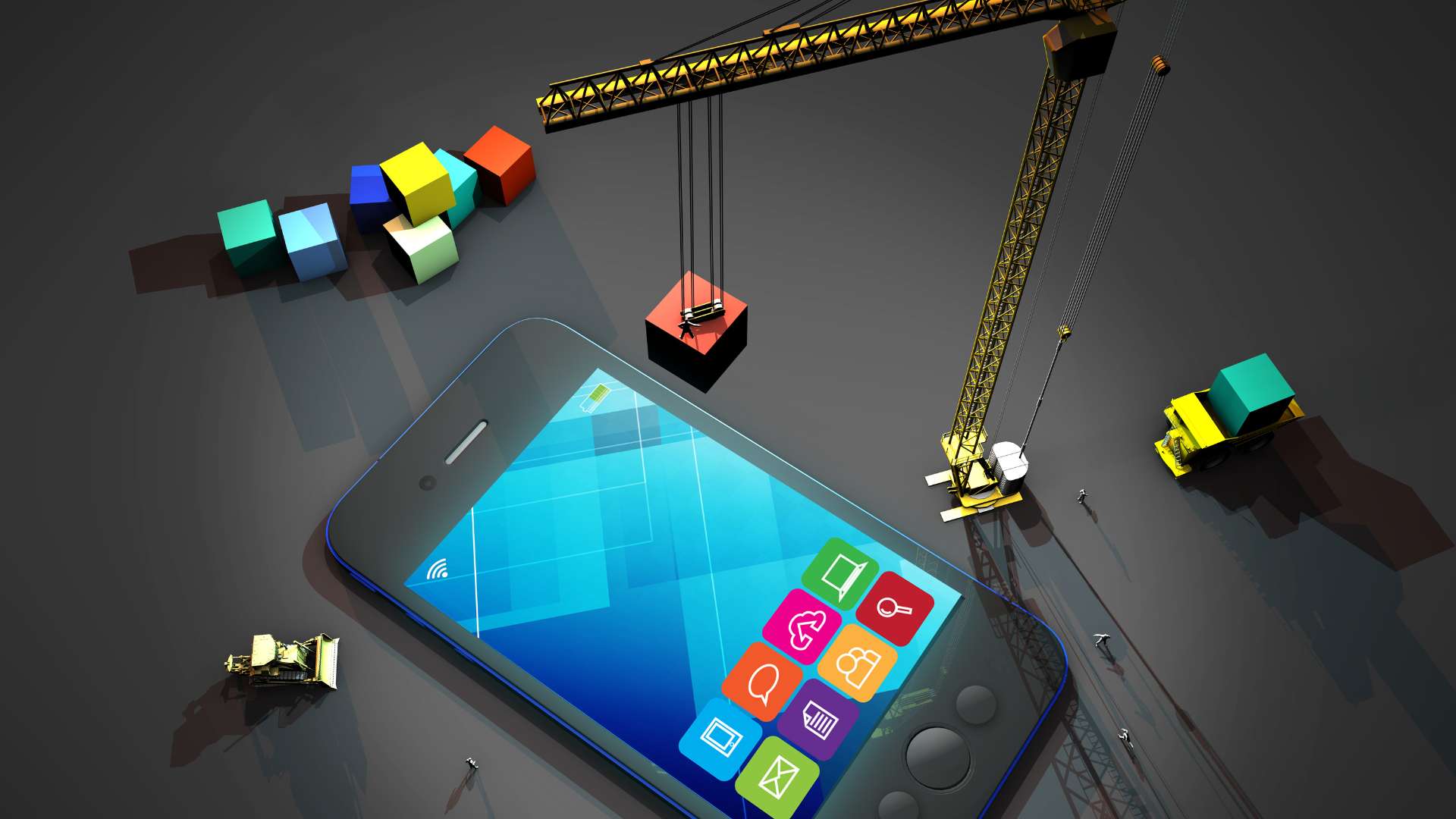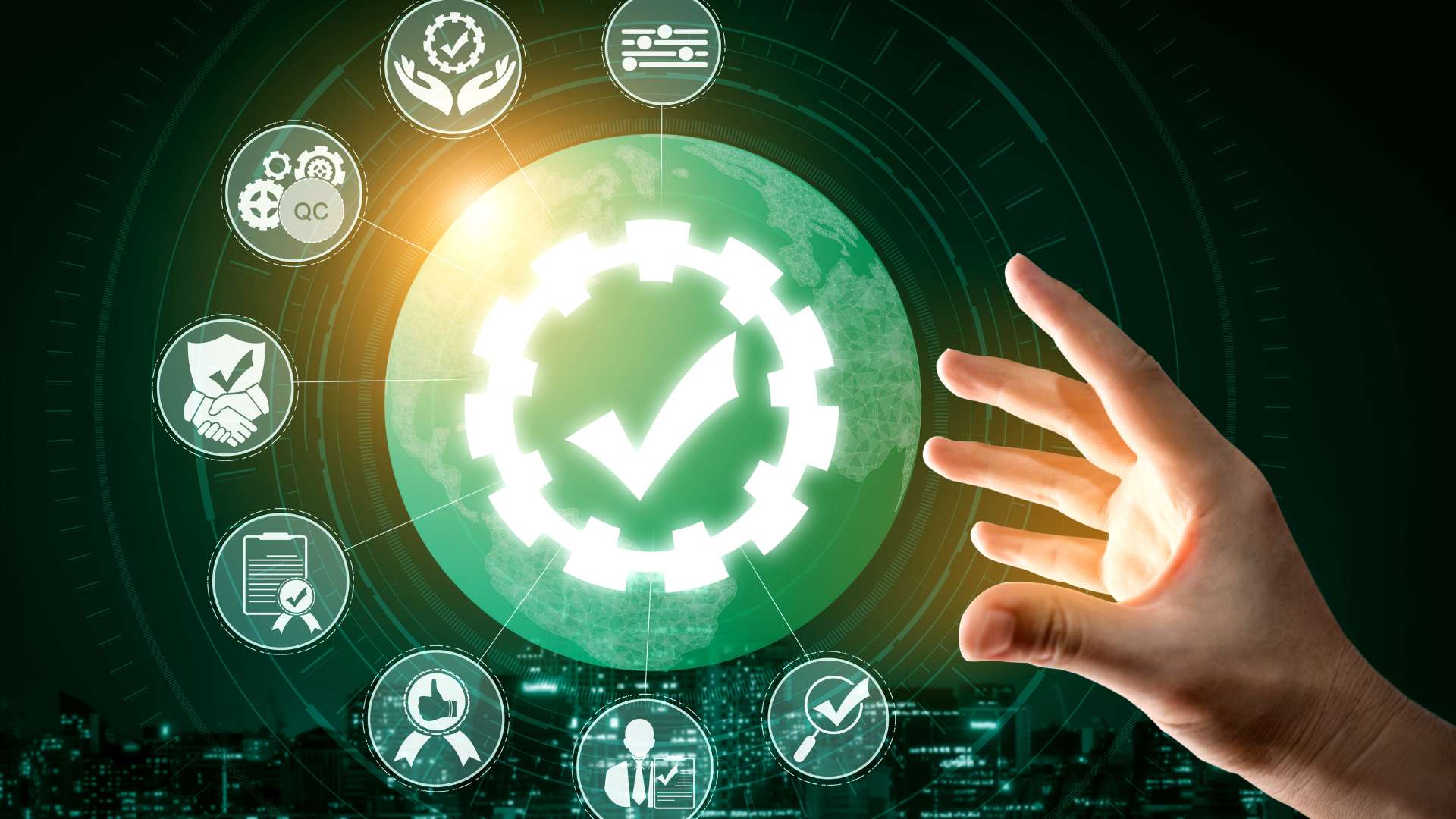Sometimes, a client wants to develop an app or other project but is unsure what development is required. Therefore, in this article, we will briefly describe the most common types of development.
1. Front-end development covers buttons, text, images, and views. The main goal of a front-end developer is an easy-to-use, intuitive user interface. He has to work closely with the back-end developer to ensure the smooth running of the software product both in the user interface and back end. Unlike a user interface designer, a front-end developer must also be able to debug and ensure that an application or website works across browsers and devices. Front-end developer works with programming languages like HTML, CSS, and Javascript.
2. Back-end development is about the "inside" of the product or what the user doesn't see. The developer primarily works with the functionality of an application or website behind the scenes and performs the following tasks:
- Explores the context of the task. A back-end developer must delve deep into business processes to make them work through the software.
- Finds a solution. Based on experience, programming templates, and standards, the back-end developer offers the client the most effective solution.
- Chooses a language. The developer should choose a server language that will allow him to perform the task quickly, conveniently, and efficiently. Some of them are ASP.NET, Java, PH
Java remains one of the most popular and versatile programming languages for back-end development, known for its robustness and scalability. Many businesses turn to outsourcing as a strategic choice to leverage expert resources and streamline their projects. Java software development outsourcing by Netcorp provides businesses with access to experienced developers who deliver scalable and reliable Java solutions. Whether building enterprise applications or streamlining existing systems, Netcorp's expertise helps companies achieve their development goals efficiently and cost-effectively.
- Selects tools. In addition to the language, the developer should also choose databases such as MySQL or MongoDB and frameworks such as Express.js. The framework includes code that can solve common tasks such as user identification.
- Writes the code. This is the most time-consuming task and requires collaboration with other developers and a version control system to revert to the previous code version if necessary.
3. A Full-Stack developer works on the user interface, server-side, databases, and debugging. This specialist must have good programming and problem-solving, and critical-thinking skills. Full-Stack developer sees the whole product picture from both the user side and the back end, so they work closely with other developers and is responsible for developing a complete programming product.

4. Desktop development means programming an app for a specific operating system, such as Windows or macOS. Businesses require desktop app development to run in the background, perform complex tasks, and access data without an internet connection. A developer can use tools such as Visual Studio, UWP, and other tools to program a Windows app, while Swift, Xcode, etc., can be used for the macOS operating system.
5. Tīmekļa izstrāde ir tādu vietņu un lietotņu programmēšana, kuras darbojas pārlūkprogrammā. Šādām lapām un lietotnēm ir nepieciešams interneta savienojums. Tīmekļa izstrādātājs parasti izmanto PHP, Python, Angular, React, HTML, CSS, JavaScript, other languages, and various frameworks, databases, and libraries.
6. Database development requires a thorough study of the business area. If the company has a large amount of data, developing a database will help organise them. To create a database, you need the following:
- determination of requirements;
- physical modelling;
- conceptual modelling;
- logical modelling.
Databases are managed in systems such as Microsoft SQL Server, MySQL, PostgreSQL, etc. Some databases that a developer can create:
- personal database;
- centralised database;
- shared database;
- commercial database;
- end-user database;
- operational database;
- relational database;
- NoSQL database.
- graphic database;
- etc.
7. Mobilā izstrāde ietver lietotņu programmēšanu tādām operētājsistēmām, kā Android un iOS. Android izstrādei parasti izmanto programmēšanas valodas Kotlin, Java, bet iOS izstrādei - Swift vai Objective-C. Valodā Dart uzrakstītais ietvars Flutter ļauj strādāt pie lietotnes izveides vienai izstrādātāju komandai divu komandu vietā (viena komanda Android izstrādei, otra - iOS izstrādei). Tomēr funkcionalitātes ziņā šāda lietotne piekāpjas Java/Kotlin vai Swift/Objective-C valodās programmētajām lietotnēm. Mobilajā izstrādē izšķir šādus veidus:
- Native development - development of an app for a specific mobile operating system;
- Cross-platform or hybrid development - programming an app compatible with all mobile operating systems;

8. Mākoņdatošana - datorresursi, kas ir pieejami pēc pieprasījuma par abonēšanas maksu un ko pārvalda mākoņpakalpojumu sniedzēji. Tā var būt datu krātuve, serveri, datu bāzes, tīklošana un programmatūra. Izšķir 3 mākoņdatošanas veidus:
- Software as a Service (SaaS);
- Infrastructure as a Service (IaaS);
- Platform as a Service (PaaS).
9. DevOps palīdz samazināt plaisu starp IT darbībām un programmatūras izstrādi. DevOps inženieris ir kā starpnieks, kurš veicina saziņu starp dažādām nodaļām, kas strādā pie programmatūras izveides un uzturēšanas. Tā kā šis speciālists sadarbojas ar visām nodaļām, viņš var strādāt pie projektu pārvaldības un plānošanas, koda uzlabošanas, serveru administrēšanas, rīku prototipēšanas, datu drošības, testēšanas un citiem uzdevumiem.
10. Kvalitātes nodrošināšana (QA) ir saistīta ar produkta vai pakalpojuma atbilstību nepieciešamajiem kvalitātes standartiem. Šis process ne tikai nosaka kļūdas, bet arī palīdz uzlabot programmatūras izstrādes procesu, lai produkts vai pakalpojums darbotos, kā paredzēts. Īpašie kvalitātes nodrošināšanas speciālista pienākumi var atšķirties atkarībā no uzņēmuma, bet parasti tie ietver:
- Creating test plans;
- Developing test cases (both manual and automated);
- Executing tests;
- Reporting results;
- Monitoring the quality of the product or service.

Often these types of development overlap, and several specialists may be needed.
If you need development, contact Midis.
We provide needs identification, plan creation, and software product development!

